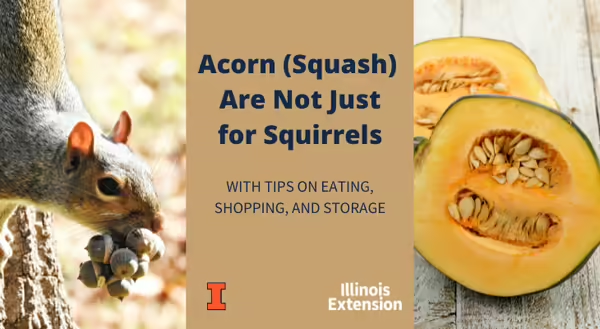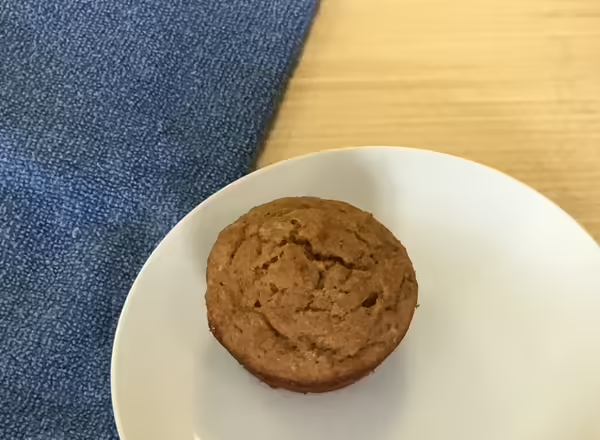
There are more varieties you can grow and buy, but the main winter squashes I see sold in grocery stores and from farm stands around me are butternut, spaghetti, and acorn squashes. Acorn squashes are typically small, and if winter squash is new to you, they are a great one to try first.
Nutritionally, 1-cup of boiled and mashed acorn squash contains around 80 calories, 22g carbohydrate, 6g fiber, and is a source of vitamins and minerals, including vitamin C, folate, and potassium. Like other veggies, acorn squash is not a significant source of fat, protein, or sodium.
Buy
Choose whole acorn squashes that are firm and heavy for their size. Soft spots and bruising are signs that the squash may be starting to decay. The outer skin is often dark green with spots of orange, but there are varieties that are more orange or even white.
Price
A fresh acorn squash averages $1.21 per pound, according to USDA Fruit and Vegetable Prices.
Store
Store uncut squash at room temperature in a cool, dry area.
Prepare
Acorn squash's bumpy or hilly surface makes it difficult to peel, and I recommend cooking it whole or after cutting in half. As for cooking, there are many options, from microwaving to baking to pressure cooking and more. Watch our short Cooking with Winter Squash video to see some of these options in action.
Preserve
Learn how to freeze and can winter squash, including acorn squash, from the National Center for Home Food Preservation. While NCHFP gives directions for freezing cooked squash, I've had personal success freezing peeled and cubed winter squashes. When I want to cook, I add pieces straight from frozen to soups or toss with oil and roast. Again, since acorn squash is hard to peel and cube when raw due to its hilly surface, be careful when using knives and vegetable peelers.
Eat
Acorn squash is mild tasting, can be eaten hot or cold (once cooked), and is versatile. It is a tasty addition to soups, chili, and salads, stuffed with a savory filling, roasted with herbs and spices, and mashed and mixed into pasta sauces or baked goods, like the Acorn Squash and Apple Muffins in the end of this blog post.
Resources
- FoodData Central, USDA
Post originally published in 2018; content updated in 2024.
About the Author: Caitlin Mellendorf is an Illinois Extension Nutrition and Wellness Educator serving DeWitt, Macon and Piatt Counties in Central Illinois. She is a Registered Dietitian and her work focuses on helping community members gain the knowledge, skills and tools to live healthier, more nutritious lifestyles. This includes providing programs and answering questions about heart health, diabetes, food safety, food preservation, grocery shopping and cooking. You can reach Caitlin by email at chuth2@illinois.edu or call 217.877.6042.
